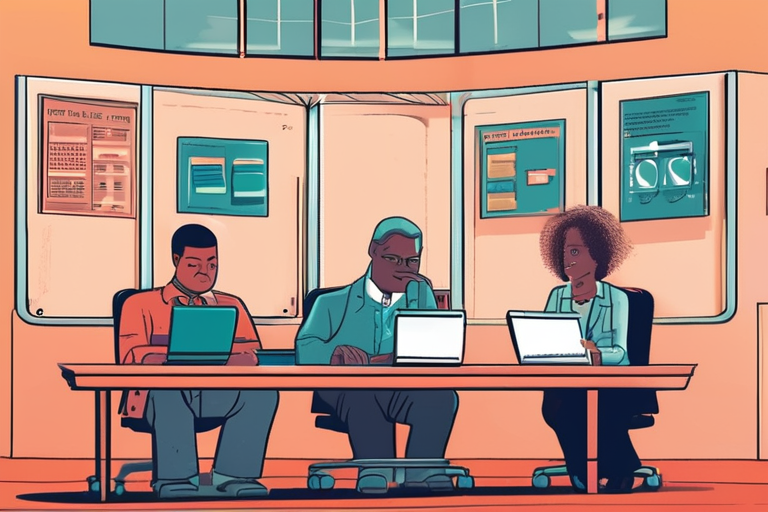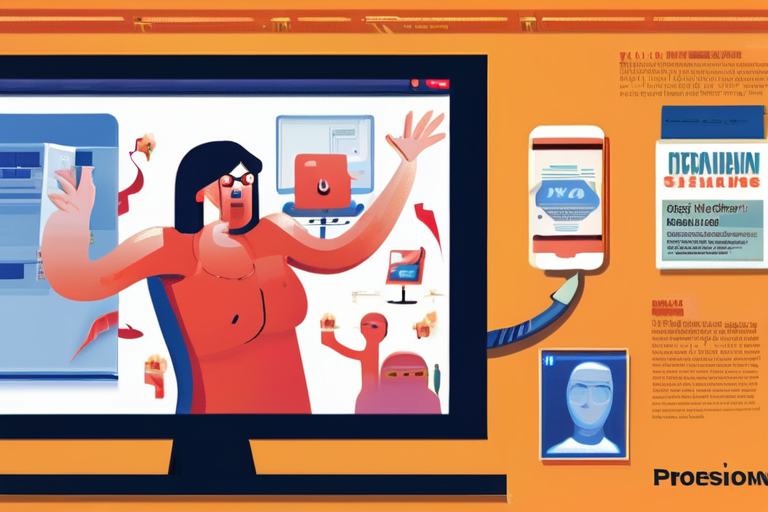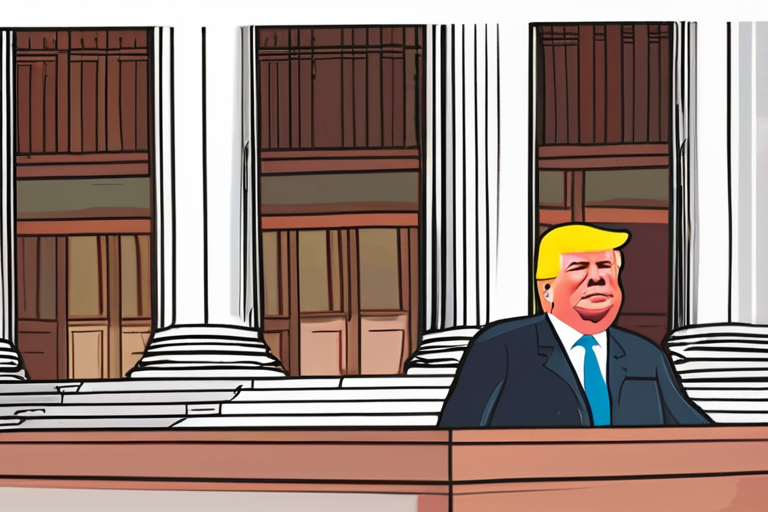The Department of Education's Radical Overhaul: A $1 Trillion Industry in Flux


Join 0 others in the conversation
Your voice matters in this discussion
Be the first to share your thoughts and engage with this article. Your perspective matters!
Discover articles from our community

 Hoppi
Hoppi

 Hoppi
Hoppi

 Hoppi
Hoppi
 Hoppi
Hoppi

 Hoppi
Hoppi

 Hoppi
Hoppi

Peter Mutharika's Surprise Comeback: Malawi's Future Uncertain MALAWI - Peter Mutharika, the 85-year-old former president of Malawi, has made a …

Hoppi

Macs Infected with Potent Credential Stealer via Impersonated Ads A sophisticated campaign has been uncovered, using search engine optimization (SEO) …

Hoppi

Israel Issues Evacuation Orders Before Bombing, Leaving Gazan Families Stranded GAZA CITY, GAZA STRIP - September 1, 2025 - The …

Hoppi
BREAKING NEWS: Devastating Earthquake Strikes Eastern Afghanistan, Hundreds Killed At least 620 people have been killed and over 1,300 injured …

Hoppi

Rocket Report: Alpha Explodes on Test Stand; Europe Wants a Mini Starship A catastrophic explosion occurred Monday at Firefly Aerospace's …

Hoppi

Trump Again Asks Supreme Court to End Protections for Venezuelans in US The Trump administration filed an emergency application with …

Hoppi